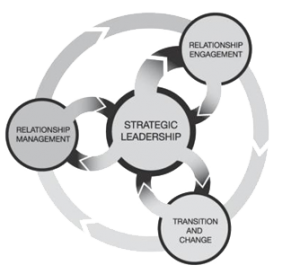One of the key cornerstones of successfully running a business is sourcing Life Cycle.
The Life Cycle looks at sourcing as a continuum rather than start, running of the service and exit. It is one continuous process rather than discrete, isolated projects.
The Life Cycle has three key principles.
Firstly there are the relationships. The National Outsourcing Association has research that shows that excellent relationships are essential for success in outsourcing. Arm’s length management is not effective, especially where the services being outsourced are more strategic. There is a need to strive for good relationships between both teams, and between individuals, to aid success.
Next is the principle of alignment. Your sourcing strategy needs to be aligned with your corporate strategy. The corporate strategy may involve reducing costs, increasing revenue, increasing global reach, diversification, increasing and/or improving use of technology, improving competitive differentiators, etc. Whatever your strategy both sides need to understand those strategic goals, align needs and capabilities and ensure that these are clearly enshrined in the contracts.
Finally, governance. It is good governance that ensures that the relationships flourish and that the alignment of the outsourcing and corporate strategy starts right and stays right.
The Life Cycle is about the strategy, direction and content of an outsourcing arrangement and is a framework around four key stages, shown in Figure.

As shown in the Life Cycle diagram the key stages are:




